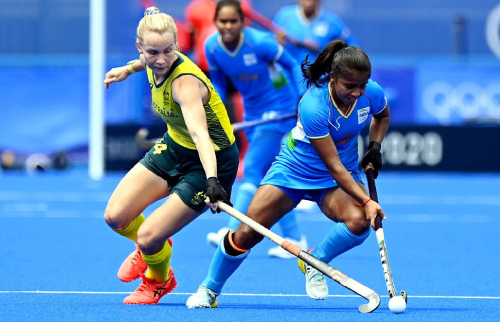In Spotlight
- Upcoming

- Upcoming

Got a question about the rules of the game? See if yours makes our ‘greatest hits’ in this list of frequently asked questions.
The Rules Committee produces rules for indoor and outdoor hockey by:
When the Rules Committee considers a substantial rules change it will first encourage National Associations to try the proposed change voluntarily in various matches and report the results. The Rules Committee may then introduce a mandatory experiment.
A mandatory experiment is a proposed change that the Rules Committee has included in the Rules of Hockey. Everyone must play by this rule until the RC decides whether or not to make it an official rule.
Send your suggestion to your National Association and ask them to consider it and forward it to the Rules Committee. In this way the formal support of a National Association is associated with the proposal and they will also know how best to put the matter to the Rules Committee.
All have played and/or umpired hockey. Most of them are still very active in the game ranging from coaching at the top level to playing at veteran’s level! Members come from all over the world.
International umpires may be briefed at major events by the Umpires Manager and / or the Tournament Director. This is to ensure consistency. Similar advice is included in the Rules Book to reach a wider audience. The goal is to have a common understanding of rules and their application.
Significant changes will only be implemented after extensive trial and a period of mandatory experiment. It works best when only one change is implemented at a time. Other amendments of a minor nature are sometimes implemented at the same time
Considered in the past but not leading to permanent changes (although possibly to be re-considered some time in the future):
If you are seeking the Rules in a different language, it's best to contact your National Association.
The Rules of Indoor Hockey are equally important, however, it may not sometimes appear that way because fewer countries take part in indoor hockey. The Rules Committee keeps the rules for each game in step one with the other.
First seek help from your National Association. They will sometimes have an Umpiring or Technical Committee which can respond to you. You should also go through your national association to get in touch with the Rules Committee
Every significant rules change or mandatory experiment is the result of discussions and trials in many countries. The Rules Committee is keen to consult with other interested groups. For example, it gets feedback from and its members arrange or attend seminars for coaches from around the world.
The Rules Committee aims to listen to everyone about rules because the rules apply throughout the globe. It has been some of the so called "minor" nations who have been most active in conducting trials - and their experience has influenced thinking in the Rules Committee.
So that the game each of us plays is the game played by everyone else in the world. For example, a young player can learn from senior and experienced players. It also encourages consistent coaching and umpiring.
There is no direct influence from sponsors or television. This is because their aims and needs are the same as those of the Rules Committee.
One of the aims of the Rules Committee is to make the game easier to understand for spectators and television – and is constantly seeking to achieve a balance between its various aims including making the game easier to understand.
Officially the 1 January date applies to all international competitions but National Associations have discretion to decide the implementation date at national level.
The Rules Committee comes to a conclusion about any changes it considers desirable and prepares a report for the Executive Board of the FIH. The Executive Board will either agree the change or refer it back for further consideration by the Rules Committee; the Executive Board cannot directly amend a proposed change. Thus the ultimate responsibility rests with the Executive Board.